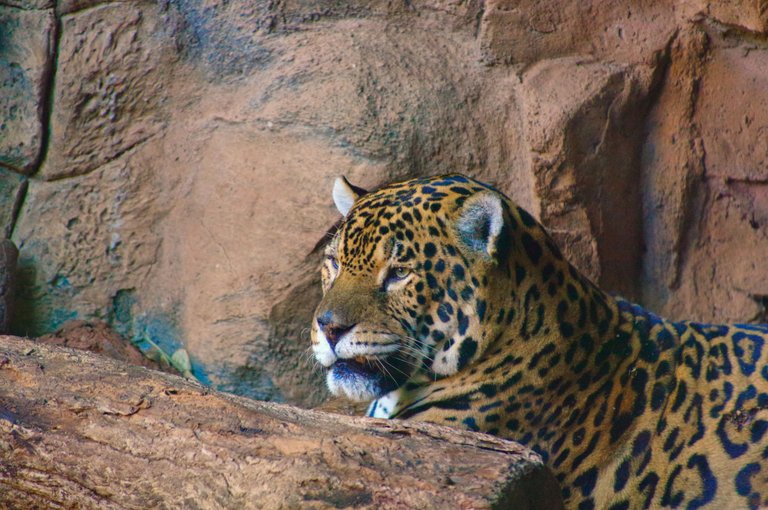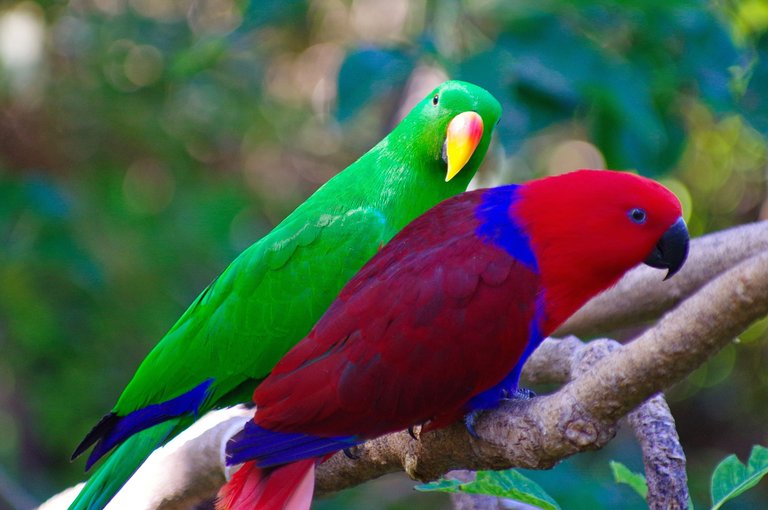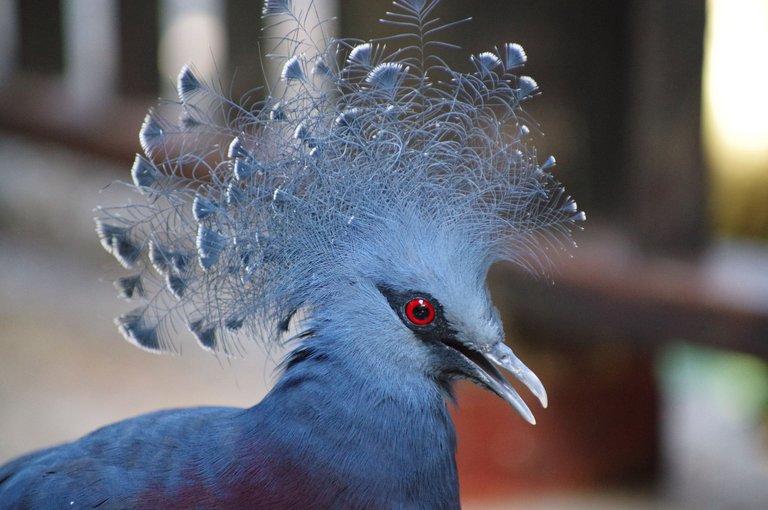I took a visit to Tenerife earlier this year and somehow ended up at three different zoos on the island, which I totally don't mind as they make for some very relaxing days.
I'm going to start with the most famous one, Loro Parque, in the north of the Island in the area of Puerto de la Cruz, which is considered the more lush and temperate area compared to the sandy and very very hot south along at Playa De Las Americas!
So I'm wishing to share some of the animals I saw while at Loro Parque, and by far this is not everything that lives there, but as you can imagine, by its name it does specialise in birds 😃
Gorilla
One of the largest living primates these are herbivores where there are around 300,000 living in the wild split over two sub species.
Loro Parque claims to have the only male only colony to allow for young males to form social structures and understandings so that when they are ready they may become the lead male for a group at another location.
Penguins
Loro Parque have five species of Penguin, of which I have three of them here. Who are all housed in a dedicated air conditioned area that is even capable of generating snow. Used as an enriching technique to try bridge the gap between their current location to that which would feel more natural to them.
Chinstrap Penguin
This was a first for me, for the amount of penguin types I have come across this was the first time I had ever come across this type.
From what I have learnt, in the wild they live around the southern Pacific ocean and the Antarctic Ocean living on islands within these areas.
Humboldt Penguin
Humboldt's are quite a bit different to what we are told to think of penguins, and they tend to like warmer climates so they normally stay clear of anything cold and snowy!
King Penguin
The second largest type of Penguin, even though the name would make you think they ware the largest! But they do look very similar to the Emperor which is the largest.
Now the King makes its home in the Southern Atlantic regions and is also more what we expect, favouring the cooler climates.
Flamingo
The first of the birds, but I am giving them their own sub section since they feel so different being so large to the rest of the birds I will be showing.
These do natively live in Spain and known to be found in Florida in the USA as well. They do prefer warmer climates and their plumage is not their natural colour, this all comes from the type of foods they eat being processed by their system which is then fed to their body causing the feathers to change to this colour.
Big Cats
Bengal Tiger
Native to Asia these big cats are known to live in warm environments of savannahs and tropical environments.
This one being a white Bengal means both parents had to have a mutated gene for white colours, although from what I have read, this numbers in at around 1 in 10,000 births.
Jaguar
Commonly found on the American continent this is the only big cat that can be found on this section of the world as all the others are known to be found on African or Asian locations.
Meercat
Normally they like to live underground and are part of the Mongoose family, it does seem common for them to come out of their holes and sunbathe and catch rays. And for those in the UK, these ones do not offer car insurance!
Birds
Now the birds, I've a collection of them here!
Northern Rosella
Commonly found in Northern Australia, and known to prefer the woodlands. It is noted that the colouring is not the norm for a Rosella so this makes this subspecies rather unique!
Budgie
Possibly the most common small parrot known, and found in the homes of many, their small size and general ease of care made them very popular for domestication. On a side note, this one is female given away by the pink nose, while males have a blue nose area!
Eclectus
The Eclectus parrot, here with both the male and female. To tell the difference the female is Red with blue on him, while the male is mostly green! Making them the easiest of parrots to tell the gender of them.
Ring Nose Parakeet
The Ring Nose is a mid sized parrot that can be found on the African continent but is also known to have become a species that has adapted and moved to nations like the UK and Germany and appears quite happy in these types of climates.
Horned Parakeet
Taking its name from the feather tip on the top of its head, which just so happens to look like a horn!
Normally located in the New Caledonia region and prefers rainforests for its habitat
Rainbow lorikeet
The Rainbow Lori, possibly one of the most commonly found type of small parakeet outside of the Budgie, although not one I have seen domesticated. They originate from Australia but have made homes in other parts of the world within the oceanic region.
Pale Headed Rosella
Originally from the north east of Australia this mid sized parrot
And is said to be a type that is a natural for domestication.
Victoria Crowned Pigeon
Not your usual type of pigeon this one. it doesn't coo coo out side your window at silly hours in the morning , is rather big, like twice the size of a duck big, maybe larger and has this wonderful crown of feathers that makes them really stand out.
Anyhow, thanks for coming along for a look with me.
For those interested, photos taken on this day were with the Pentax K-3 mk1 and DA* 50-135 f2.8 lens 🙂





















Congratulations @beardoin! You have completed the following achievement on the Hive blockchain And have been rewarded with New badge(s)
Your next target is to reach 20000 upvotes.
You can view your badges on your board and compare yourself to others in the Ranking
If you no longer want to receive notifications, reply to this comment with the word
STOPCheck out our last posts:
Greetings from here ☺️ wow! I am amazed at the level of photography of the animals that reside in Loro Parque. Each one very beautiful and unique in its appearance. My favourite is the first one of the gorilla. They look well cared for and healthy. A hug, thanks for the tour.
Aww thank you very much for saying and so glad you enjoyed too.
Congratulations, your post has been added to WorldMapPin! 🎉
Did you know you have your own profile map?
And every post has their own map too!
Want to have your post on the map too?